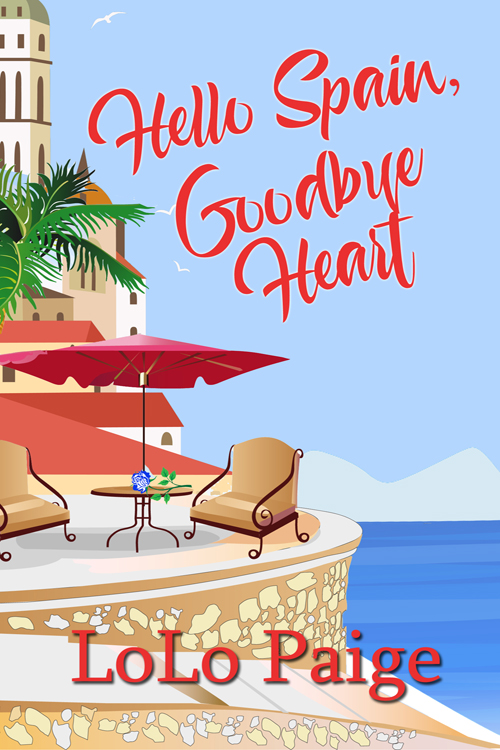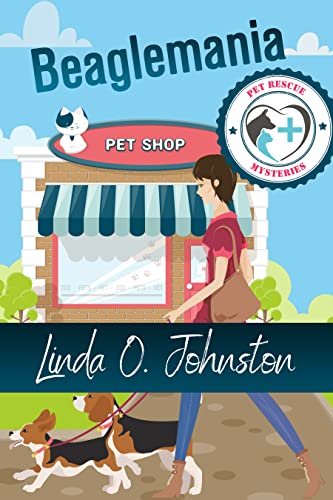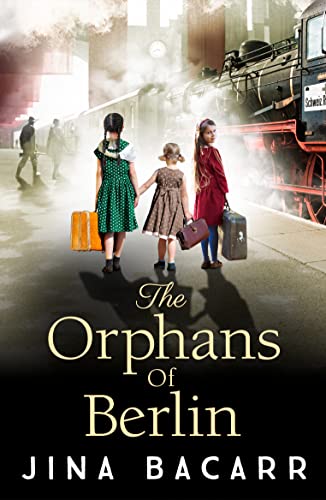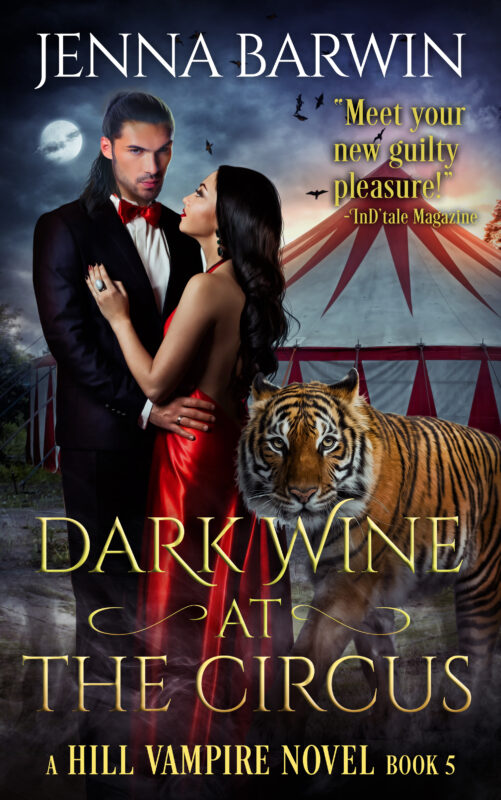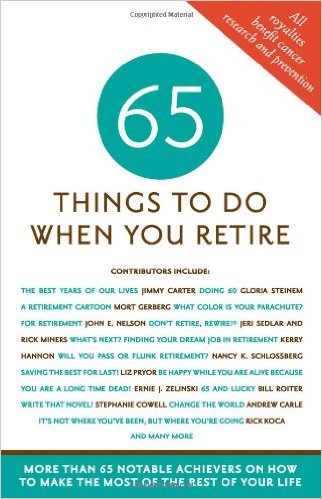The Write Way………..
May 17, 2008 by A Slice of Orange in category The Write Way by Maureen Child tagged as Maureen Child, The Write Way ing that somewhere out there, readers are enjoying MY books as much as I’m enjoying everyone else’s.
ing that somewhere out there, readers are enjoying MY books as much as I’m enjoying everyone else’s.Maureen Child is the author of more than 100 romance novels, but at the moment, she’s sitting in front of her fan, pretending she’s in Mayfair………
Eye on Hollywood: Why I Probably Never Got Invited To Neverland
May 13, 2008 by A Slice of Orange in category Archives tagged as Bobbie Cimo, Eye on HollywoodBy Bobbie Cimo
One year I was actually invited to go to the Grammys as a guest. To be honest, it was an era when I actually didn’t know most of the performers. I wasn’t up on the music or the people singing the songs. In other words, there were very few songs nominated that year that I was going to go home humming in my head. But yet, it was a fun experience–sort of like a circus atmosphere, with wild clothes and weird hand shakes.
There were a couple of things I found memorable about that night. One was seeing Paul Simon, of Simon and Garfunkel, wandering around the floor–mostly looking lost. I was surprised to find that he was barely over five feet tall. I also realized that I had a terrific seat– cause I was seated in front of people who had either been nominated or won awards, including Billy Davis Jr. and Marilyn McCoo of the famed Fifth Dimension.
Oh, and I also remember being horrified to learn that two other women were dressed in the same gown as I was, only wearing it in different colors. Nothing thrills a woman more than knowing two clones of her dress are floating around on the dance floor. Only when I came to the realization that my white dress looked smarter and more elegant than the cheap green and pink copies (no bitterness here) did I feel better. However, I continually tried avoiding the harlots who stole my look…not wanting to be confused as one of the lost Andrew Sisters. (For those of you too young to know, the Andrew Sisters are three sisters who sang together and dressed alike during WWII)
But this dress was doomed from the beginning of the evening when I was seated in the audience next to a young man, with ebony skin, a winning smile and nervous leg that wouldn’t stop shaking. This kid, seated next to his four brothers, put new meaning to the phrase, “had ants in his pants”. All five brothers were dressed in white suits, with studs running down the outside of their pant legs. But I had the honor of being seated next to the one who couldn’t sit still if his life depended on it. And of course every time he would nervously shake his leg, he would get caught to my dress. The first few times followed by an apology from him, I would smile and say it’s okay. But by the fifth time, my smile had faded and so had my patience. Without being asked to, probably out of fear for his life by my cold icy stares, this young man got up and asked his older brother, seated two seats away from him, to change places. His brother didn’t want to, until he explained the situation. If I had to take a guess at some of the conversation that was exchanged between the two, I can only surmise it went something along the lines of, “Like dude,…seriously, the woman is going to kill me!â€
A few minutes into the show, the singer with the nervous leg, seated in his new seat, leaned forward and turned to look at me. He waved, I smiled, and we remained friends throughout the rest of the evening. As you probably have guessed by now, the five boys were the Jackson Five and the young man was pop icon, Michael Jackson.
A Writer’s Pursuit…
May 12, 2008 by A Slice of Orange in category Archives tagged as A Writer's PursuitOf Inspiration.
by Michele Cwiertny
It’s a given that on any trip we’re going to return home with close to 4000 pictures. Thank goodness for digital cameras. But one of our favorite things to do is to stroll through old burying yards and cemeteries and marvel at the history, the architecture, and the stories in them.
I’ll often take photos (or, in this case, have my husband take them) so I’ll remember something for a story I’m writing, and I’ll keep them on my desktop for inspiration. When the photos of the cemeteries in Scotland below were taken, I was writing a historical romance and had a completely different scene in mind. These locations in Scotland became places for my heroine to hide, and they became locations for chase scenes. But now that I write dark paranormal romance, I view burying yards, cathedrals/chapels/abbeys, colonial taverns, castles, and colonial homes in a completely different light.
See, I’m working on new story and even though it’s set in contemporary Maine, a vital part of the hero’s demon hunter history (and the heroine’s part in it as well!) begins centuries before in England. Sure, I know these are photos of cemeteries in Scotland, but still… 😉
These two photos were taken at Old Calton Cemetery (1718) in Edinburgh, Scotland. It really did look like a movie set. Loved the moodiness of this place and of the country in general. During the entire trip, I think the sun peeked out at us once or twice. The weather reminded me of a California winter…And it was the second week of July. I LOVED it!
This photo was taken in Stirling Cemetery, which is at the foot of Stirling Castle.
And this is looking across the Old Burying Yard in York, ME at the historic Jefferds Tavern on Fourth of July weekend. Because, yes, I always have to bring it back to Maine. 🙂
So what about you? Do you often get your inspiration from your old travel photos? Does that inspiration change as your stories change?
Do you like to stroll through the old burying yards, too? 🙂
Take Care,
Michele
Michele Cwiertny writes dark paranormal romance set in a fictional town in Maine (her favorite place in the world). To find out more about her, please visit her website, michelecwiertny.com, or her personal blog, Michele’s Writing Corner.
Video Podcasting Madness: Part 2
May 11, 2008 by Jina Bacarr in category Archives tagged as Confessions of a Podcast Goddessby Jina Bacarr
This month I’ll continue with my video podcasting madness. I have three (3) videos for you as well as the descriptions I wrote before I upload the videos to a video sharing website.
Here’s what you need for a video podcast description:
1) a title–use descriptive, eye-catching words.
2) a short description (using sound bites, if possible) to get the viewer’s attention.
3) tags–words that relate to your video content that will draw viewers to your video.
Last month, OCC had the pleasure to have Dr. Doug Lyle as our afternoon speaker. Here’s my video interview with Dr. Lyle:
Meet DR. DOUG LYLE, Forensics Expert, on Romancing The OC with Jina Bacarr
Are you a fan of CSI: Miami, Law & Order, and Cold Case? Wonder how the writers and producers “get it right” when it comes to forensics? Meet Dr. Doug Lyle, the Macavity Award winning and Edgar Award nominated author of the non-fiction books Murder and Mayhem: A Doctor Answers Medical and Forensic Questions for Mystery Writers, a compilation of the most interesting questions he has received over the years, and Forensics For Dummies, an in depth look into the world of forensic science. His published fiction includes the thrillers Devil’s Playground and Double Blind.
I had the opportunity to sit down and chat with Dr. Lyle at a recent OCC/RWA meeting. Join me, Jina Bacarr, Romancing The OC with Dr. D.P. Lyle. Visit: http://www.dplylemd.com/ and http://jinabacarr.com/
CSI, Miami, Law, Order, Cold, Case, TV, OC, RWA, California, forensics, science, writer, fiction, author, novel, writing, lifestyle, dummies, Edgar, award, mystery, diagnosis, murder, monk, medium, judging, amy, peacemakers
=======
Next: RWA Conference Dallas 2007
Jina does Dallas RWA with the Beau Monde
Are you a fan of Regency romance? Did you know RWA has a special chapter called the Beau Monde whose purpose is to “promote excellence in romantic fiction set primarily in the Regency period (1811-1820)?” I had the opportunity to find out all about the Beau Monde at the RWA Conference in Dallas. Check it out! http://jinabacarr.com/ http://www.thebeaumonde.com/
Beau, monde, RWA, conference, Dallas, Texas, Hyatt, regency, romance, writer, fiction, author, novel, writing, lifestyle
==========
The Harlequin Single Title Author Dinner at the RWA Conference in Dallas 2007:
Jina does RWA Dallas with Harlequin Single Title Authors
Come along with me as I take you to the Harlequin Single Title Authors dinner at the RWA conference in Dallas, Texas at the Iron Cactus Mexican Grill. Harlequin: one publisher, one romance, one world. http://jinabacarr.com/ http://www.eharlequin.com/
Harlequin, RWA, conference, Dallas, Texas, Hyatt, grill, cactus, single, title, romance, romantic, writer, fiction, author, novel, writing, lifestyle
Next month: more RWA Conference 2007 videos.
Best, Jina
Jina Bacarr is the author of The Blonde Geisha , Naughty Paris, Tokyo Rendezvous, a Spice Brief, and her new erotic spy thriller, Spies, Lies & Naked Thighs.Check out her MySpace page and meet Breezy Malone, the heroine in Spies, Lies & Naked Thighs.
“Get Caught in the Act!”
Are you going to RWA San Francisco? Check out Brenda Novak’s auction and bid on a chance to have your own podcast!!
I’ll be doing a podcast for a lucky winner as well a critique and luncheon at the RWA Conference this summer!
It’s Worth It
May 9, 2008 by A Slice of Orange in category Archives tagged as It's Worth ItTRAINING FOR LIFE
by Kitty Bucholtz
My husband John and I are training to run a half marathon in the fall, 13 miles over hill and dale in Pasadena, California. Never done anything like it in my life. But we figured it would be a good way to lose weight and get in shape, and one of our friends suggested we do it together. A winning situation all the way around.
But on Day One of our “Couch to 5K†training in March of this year when we were to cycle running for 60 seconds, then walking for 90 seconds, I wanted to quit about 45 seconds into the 20-minute workout! I would have except John was there and I didn’t want him to see me quit. By the end of week two, I was huffing and puffing but it felt good.
Last weekend I flew to Austin, Texas, to attend the High Tension Workshop taught by Donald Maass. Barely an hour into the four-day workshop I had that beautiful ah-ha moment. Ah-ha, this is what I’ve been trying to do by instinct but without getting it right. By the end of the weekend, the lights were on, my toolbox was reorganized – some new tools, and some tools that I understood how to use better – and I was already chipping away at bits and chunks of my manuscript.
I cut out a murder because I realized I had actions in turmoil not actions in tension. I cut out the first scene of chapter one because I saw I was trying to introduce the heroine’s emotional state by showing her in turmoil not showing her emotions in conflict. Today I’m sitting here highlighting all the backstory in the first 30 pages so I can cut it from the story, move it to another document (you know we can’t just hit delete), and try to figure out what the reader needs to know and how I can provide that information in a better way. Already, the story is gaining strength. And it feels good.
John and I are on Week Seven of our marathon training with 27 weeks to go. We run for 25 minutes three times a week, then run for as long as we can on Saturday or Sunday morning. My body is getting stronger more quickly than I’d thought possible and twice this week I beat my best running times! But I haven’t lost a single pound. I’m trying to keep in mind that there is plenty of time to find success in all of my running goals; I can’t meet them all at once. Just think, I can run for 25 minutes without stopping now, but less than two months ago I could barely run for 60 seconds!
There are moments when I feel the writing process is taking too long and I’m not learning enough and I’m not applying enough of what I’ve learned. But Donald Maass gave me a much-needed shot in the arm last weekend. He assured us that we can do this, but it’s going to take a lot of work. Just like the marathon training. Sometimes you just have to look back and see how far you’ve come. Then remind yourself that it’s worth it.

Kitty Bucholtz writes romantic comedies because, well, she lives one! She wrote her first book in the NBC cafeteria, the second snowed in at a Reno hotel, and the third from a tiny apartment in Sydney. Even though she loves talking about, writing about, and teaching about writing, she’s pretty sure she knows at least three people who aren’t writers.
Affiliate Links
A Slice of Orange is an affiliate with some of the booksellers listed on this website, including Barnes & Nobel, Books A Million, iBooks, Kobo, and Smashwords. This means A Slice of Orange may earn a small advertising fee from sales made through the links used on this website. There are reminders of these affiliate links on the pages for individual books.
Search A Slice of Orange
Find a Column
Archives
Featured Books
HELLO SPAIN, GOODBYE HEART
Dayna hopes for a second chance at love . . . but . . .he wears a wedding band.
More info →BEAGLEMANIA
Lauren Vancouver is the head of HotRescues, a no-kill animal shelter north of Los Angeles, but it's often human nature that puts her in the path of danger.
More info →DARK WINE AT THE CIRCUS
Everyone has a secret fantasy—even a rich and powerful vampire…
More info →65 THINGS TO DO WHEN YOU RETIRE
Practical and entertaining advice about how to create a fulfilling retirement.
More info →Newsletter
Contributing Authors
Search A Slice of Orange
Find a Column
Archives
Authors in the Bookstore
- A. E. Decker
- A. J. Scudiere
- A.J. Sidransky
- A.M. Roark
- Abby Collette
- Alanna Lucus
- Albert Marrin
- Alice Duncan
- Alina K. Field
- Alison Green Myers
- Andi Lawrencovna
- Andrew C Raiford
- Angela Pryce
- Aviva Vaughn
- Barbara Ankrum
- Bethlehem Writers Group, LLC
- Carol L. Wright
- Celeste Barclay
- Christina Alexandra
- Christopher D. Ochs
- Claire Davon
- Claire Naden
- Courtnee Turner Hoyle
- Courtney Annicchiarico
- D. Lieber
- Daniel V. Meier Jr.
- Debra Dixon
- Debra H. Goldstein
- Debra Holland
- Dee Ann Palmer
- Denise M. Colby
- Diane Benefiel
- Diane Sismour
- Dianna Sinovic
- DT Krippene
- E.B. Dawson
- Emilie Dallaire
- Emily Brightwell
- Emily PW Murphy
- Fae Rowen
- Faith L. Justice
- Frances Amati
- Geralyn Corcillo
- Glynnis Campbell
- Greg Jolley
- H. O. Charles
- Jaclyn Roché
- Jacqueline Diamond
- Janet Lynn and Will Zeilinger
- Jaya Mehta
- Jeannine Atkins
- Jeff Baird
- Jenna Barwin
- Jenne Kern
- Jennifer D. Bokal
- Jennifer Lyon
- Jerome W. McFadden
- Jill Piscitello
- Jina Bacarr
- Jo A. Hiestand
- Jodi Bogert
- Jolina Petersheim
- Jonathan Maberry
- Joy Allyson
- Judy Duarte
- Justin Murphy
- Justine Davis
- Kat Martin
- Kidd Wadsworth
- Kitty Bucholtz
- Kristy Tate
- Larry Deibert
- Larry Hamilton
- Laura Drake
- Laurie Stevens
- Leslie Knowles
- Li-Ying Lundquist
- Linda Carroll-Bradd
- Linda Lappin
- Linda McLaughlin
- Linda O. Johnston
- Lisa Preston
- Lolo Paige
- Loran Holt
- Lynette M. Burrows
- Lyssa Kay Adams
- Madeline Ash
- Margarita Engle
- Marguerite Quantaine
- Marianne H. Donley
- Mary Castillo
- Maureen Klovers
- Megan Haskell
- Melanie Waterbury
- Melisa Rivero
- Melissa Chambers
- Melodie Winawer
- Meriam Wilhelm
- Mikel J. Wilson
- Mindy Neff
- Monica McCabe
- Nancy Brashear
- Neetu Malik
- Nikki Prince
- Once Upon Anthologies
- Paula Gail Benson
- Penny Reid
- Peter J Barbour
- Priscilla Oliveras
- R. H. Kohno
- Rachel Hailey
- Ralph Hieb
- Ramcy Diek
- Ransom Stephens
- Rebecca Forster
- Renae Wrich
- Roxy Matthews
- Ryder Hunte Clancy
- Sally Paradysz
- Sheila Colón-Bagley
- Simone de Muñoz
- Sophie Barnes
- Susan Kaye Quinn
- Susan Lynn Meyer
- Susan Squires
- T. D. Fox
- Tara C. Allred
- Tara Lain
- Tari Lynn Jewett
- Terri Osburn
- Tracy Reed
- Vera Jane Cook
- Vicki Crum
- Writing Something Romantic
Affiliate Links
A Slice of Orange is an affiliate with some of the booksellers listed on this website, including Barnes & Nobel, Books A Million, iBooks, Kobo, and Smashwords. This means A Slice of Orange may earn a small advertising fee from sales made through the links used on this website. There are reminders of these affiliate links on the pages for individual books.


